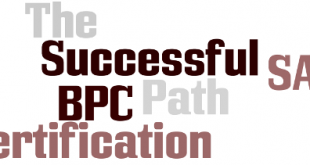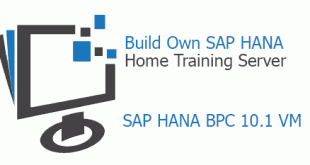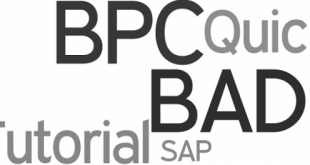
When we first imagine programming from a person with financial background view, it could look a bit scary, but probably you don’t realize that you already have basic skills. If you use VLOOKUP function in Excel then you could very easy familiarize yourself with relational databases. If you use IF statements or even nested IFs, you could very easy catch the topics with program flow control and logical expressions. There are plenty of functions in Excel for transformation of the cell contents as VALUE, LEFT, RIGHT, MID, CONCATINATE, PROPER, LOWER, UPPER, VALUE and many more. These are usually built in functions that you will find in almost every programming language and in our case – ABAP.
Some of you may think why would somebody heading to the SAP FICO Functional Consultant area, needs such skills. BASIC programming knowledge will always be appreciated by any project team, because in every implementation you will had specific customer developments or/and enhancements. Especially if you are a part of already established system and you are working on improvement projects, then most of them will include developments. Some of you could go further and specialize in developing SAP FICO applications, but this will require a lot of effort.
It is needless to say that you probably will not spend 3 years of your time in IT bachelor degree gaining programming skills. I was looking for a learning materials for non-technical persons in ABAP and found that SAP has such course. It is a two day course and its identifiable as BC100 – Introduction to Programming (Based on ABAP Examples). If you have the money, you could take the course in SAP. Otherwise try to find the course materials from a friend.
Here are the topics covered in BC100 – Introduction to Programming (Based on ABAP Examples) col. 91:
- From the Problem to the Program – Introduction to Structured Programming
- Flow of an ABAP Program
- Introduction to ABAP Programming
- Selection Screen, List, and Program Terminations
- Example of Reuse Components in Subroutines
It is around 200 pages study book which is relatively easy and enjoyable to follow. It is full of examples and you will be surprised how quick you will write simple programs with Selection Screens. More advanced topics are far away and at this point you could not even count yourself as beginner. Enjoy and have fun :).
 ETCircle.com SAP FI and CO consultant information
ETCircle.com SAP FI and CO consultant information




I am a BBB graduate and I have almost 2 years of experience into IT sales but I don’t have interest for the same .
Now I want switch to SAP job and I am from non technical back ground and don’t know coding or programming. So kindly help me for the same.
Hi Amrendra,
It’s not easy to switch from business to technical job, but nothing is impossible. It all depends on you and your strive to succeed.
If you want to dive into ABAP heavily, I suggest you start with C# or Java programming language as a basis. Then you will be able to move comfortably into ABAP world.
If you want to use ABAP as in addition to another module like SD, MM, FICO, BW/BPC, etc you can start directly with it.
Regards,
Emiliyan
Mr. Tanev,
I agree with that statement:
If you want to dive into ABAP heavily, I suggest you start with C# or Java programming language as a basis. Then you will be able to move comfortably into ABAP world.
Especially with SAP Java.
Best regards,
Ivo
(Thumbs up!) 🙂